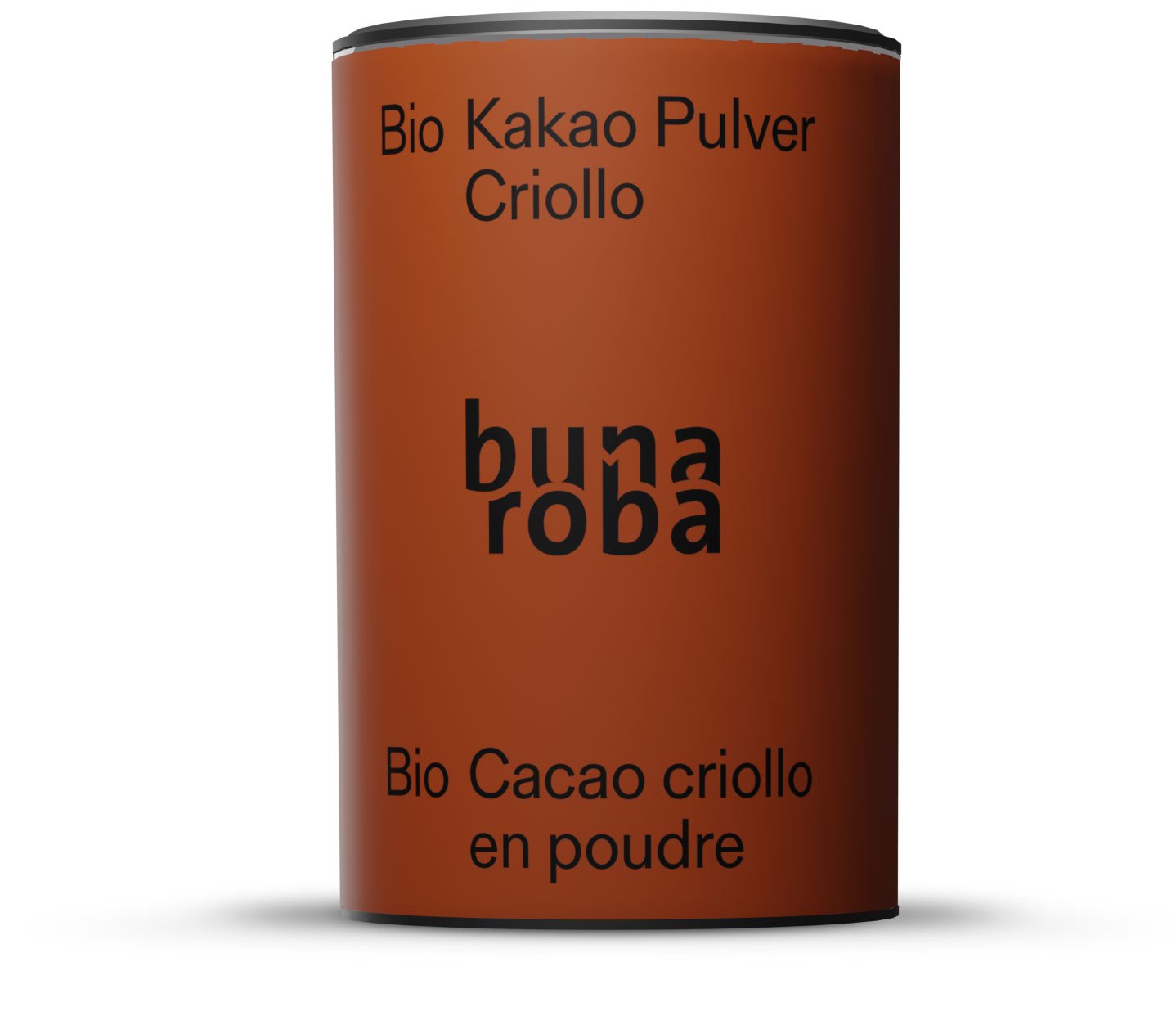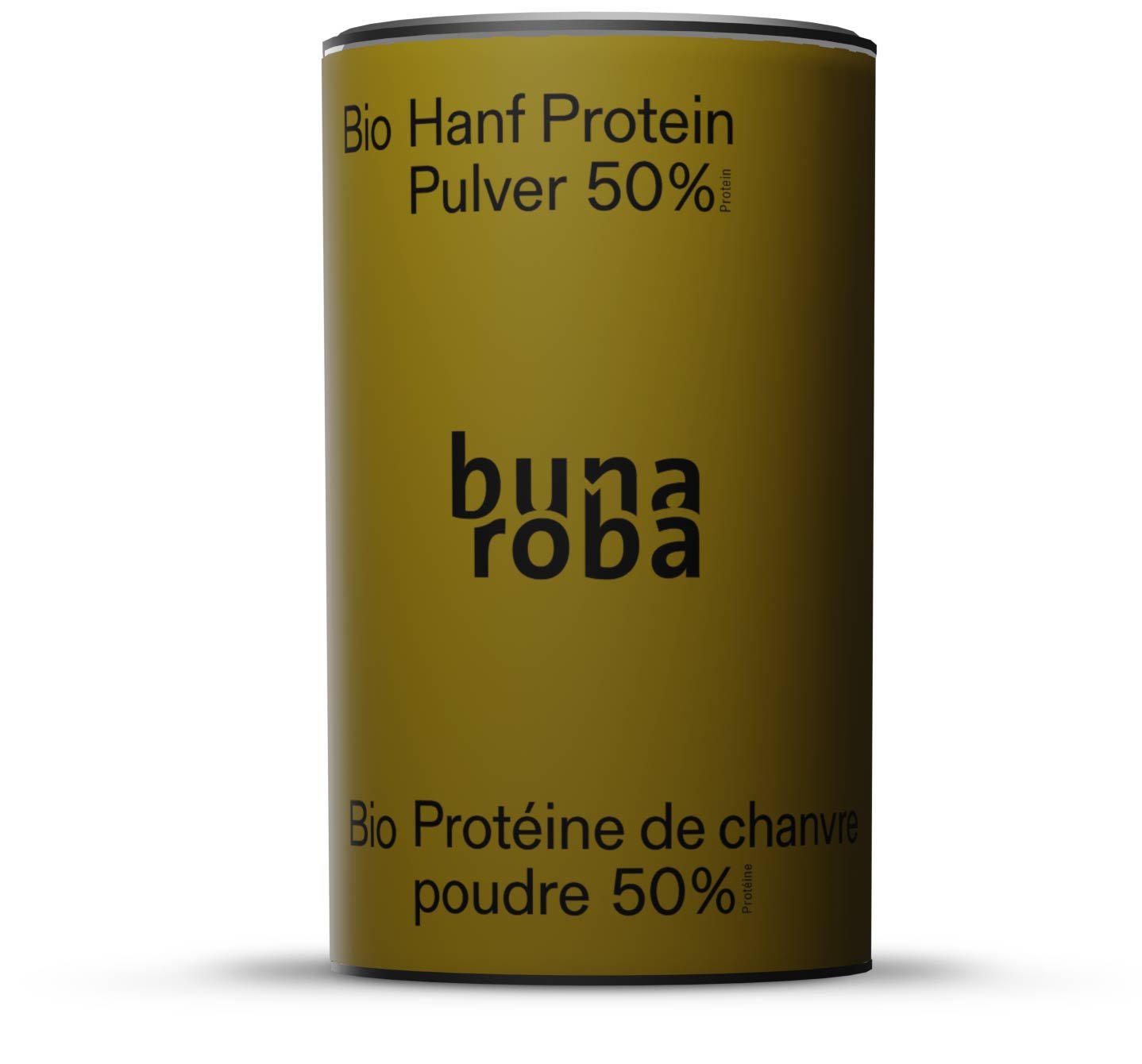 Image 1 of
Image 1 of


Bunaroba Camu-Camu Powder
75g, Camu camu has long been known in the Peruvian Amazon region and is now also attracting great interest in Europe.
The fruit is rich in vitamin C, with a content of 8540 mg per 100 g -
compared to citrus fruits such as lemons and oranges, which only contain around 50 mg per 100 g.
2 g (½ tsp) of camu camu powder easily covers over 200% of an adult's daily vitamin C requirement.
75g, Camu camu has long been known in the Peruvian Amazon region and is now also attracting great interest in Europe.
The fruit is rich in vitamin C, with a content of 8540 mg per 100 g -
compared to citrus fruits such as lemons and oranges, which only contain around 50 mg per 100 g.
2 g (½ tsp) of camu camu powder easily covers over 200% of an adult's daily vitamin C requirement.
75g, Camu camu has long been known in the Peruvian Amazon region and is now also attracting great interest in Europe.
The fruit is rich in vitamin C, with a content of 8540 mg per 100 g -
compared to citrus fruits such as lemons and oranges, which only contain around 50 mg per 100 g.
2 g (½ tsp) of camu camu powder easily covers over 200% of an adult's daily vitamin C requirement.
Ingredients
100% Camu-Camu Pulver
Quality
The Camu Camu berries processed into powder are wild plants in order to guarantee the highest possible vitamin C content. The bushes do not thrive so well in artificially created pools, as they prefer the natural conditions of the river banks. This is the reason why we offer the berry powder in wild growth quality. The pink powder is raw food quality, residue-controlled, fairly traded, purely plant-based (vegan) and naturally gluten-free.
Origin
The Camu Camu berry grows in the Peruvian jungle under natural conditions. These berries are harvested by hand and from rowing boats. This is also important for nature and the sustainable growth of the plants, as well as for the local population, who can earn money from the entire value chain (from picking to pulverizing).
Taste
sour, fruity
Usage
Put ½ teaspoon of Camu-Camu powder in a glass. Add a little warm water (approx. 1 teaspoon). Mix with a spoon to form a paste. This prevents lumps from forming. As soon as the paste is homogeneous, more water (1-2dl) can be stirred in and enjoyed as a drink. The powder can also be mixed into smoothies, muesli or salad dressings. Ideal for acidifying (alternative to lemon juice)
Daily dose
2 g (½ teaspoon)





